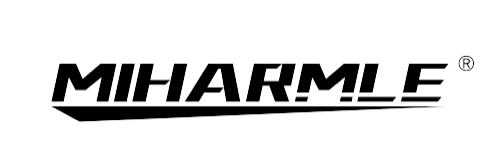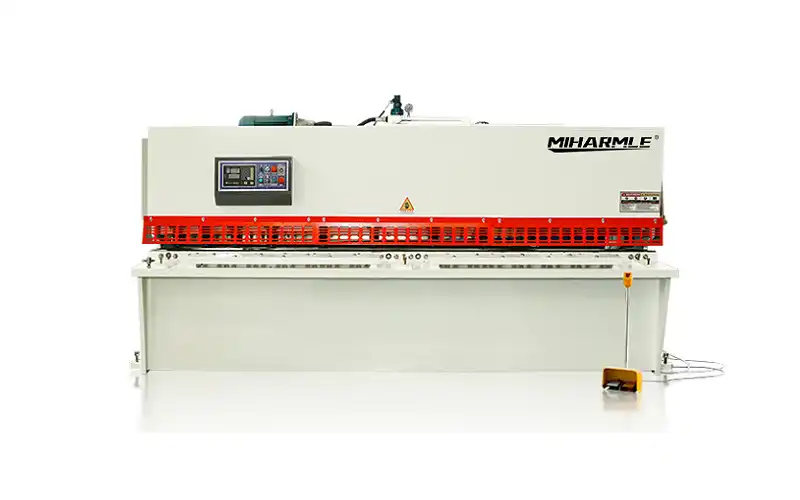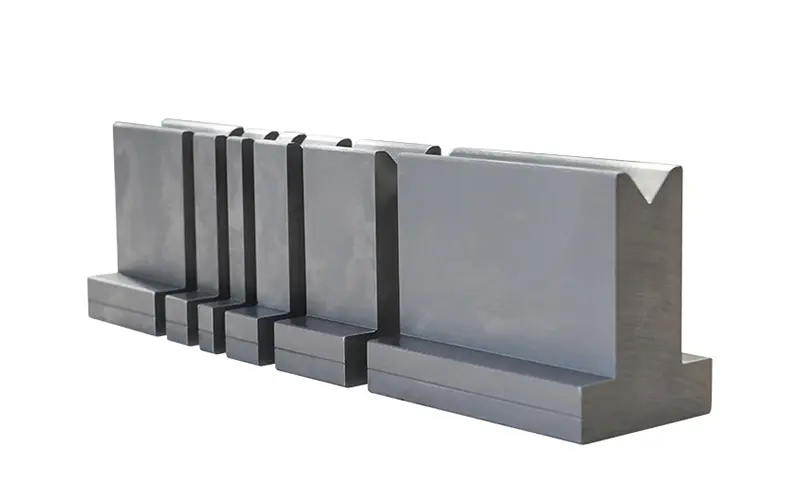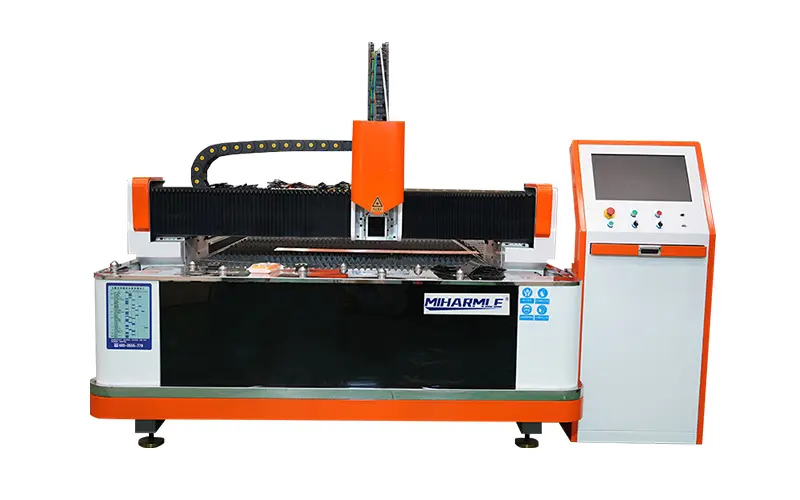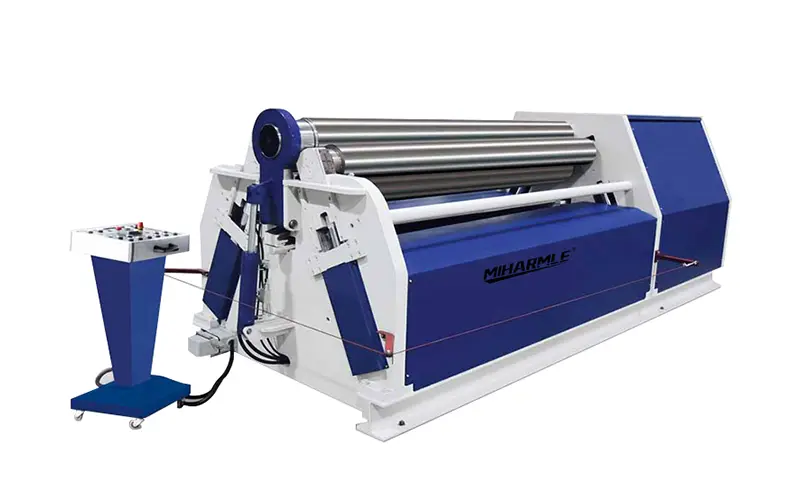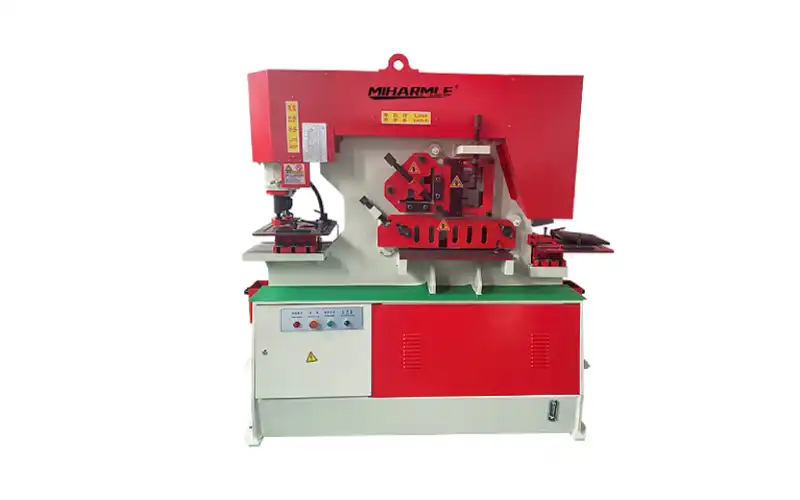Introduction
Among the many legacies of industrial times is the development of the press brake machine, both as a technique and a tool. Press brake is bending metals through pressure to create precise dimensions and angles.
From home ornaments to industrial uses, press brakes cater to simple and complex projects for various industries. No wonder this machine has been relevant for decades and continues to be so today.
Read on to learn more about a press brake and how it contributes to many industries.
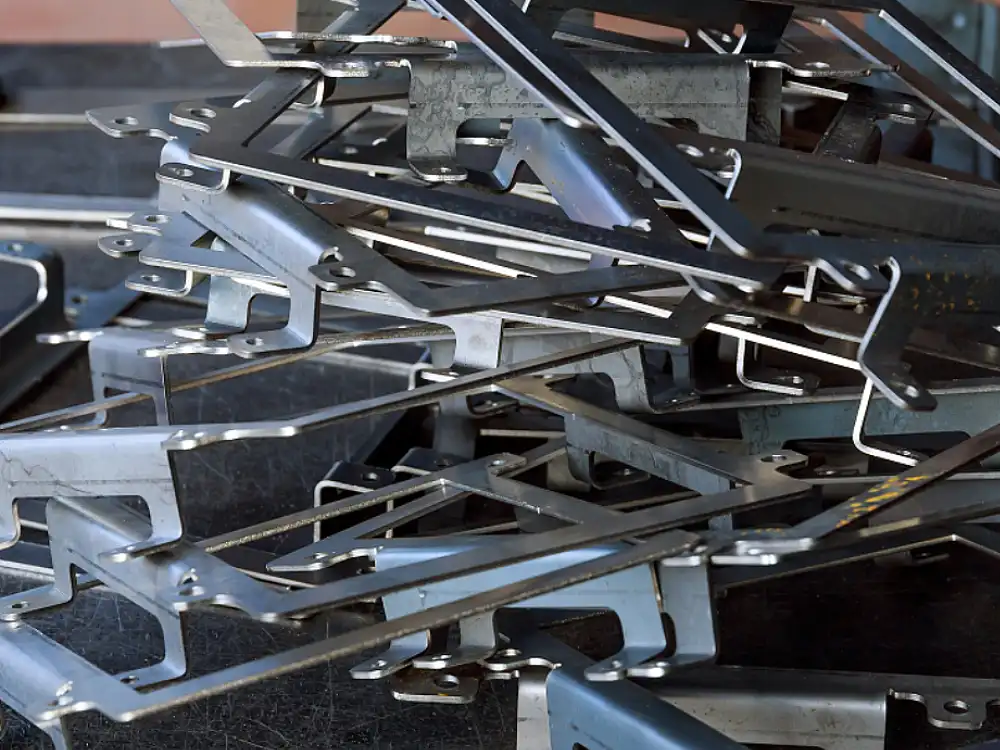
What Do Press Brakes Do?
Metals are widely used for different applications, but to be usable, they need to be formed into precise angles and shapes. While metals, like steel sheets, are versatile materials, you’ll still need the proper equipment to fabricate them correctly– this is where press brakes come in.
Press brakes are mechanical tools that are intended for metal forming and bending. A press brake machine works through two tools: the upper called the punch, and the lower tool, called the die.
The basic principle of a press break tool relies on applying pressure or force (tonnage) on the workpieces to shape or bend them. You must attach the right mold through the die to create your desired angle and bents.
A press brake machine has varying rated capacities, applications, and load limits. Depending on how simple or complex the project is, the right machine ensures you get the proper bend and outcome you are looking for.
Why is it Called a Press Brake?
The words “break,” “began,” “break,” and “breach” are cognate from the Old English language. “Break,” which is “broken” in Middle English, means “break, destroy, bend, or fragment.”
From the 14th century, the word “brake” denotes a tool used for crushing and pounding grains. The word “brake” becomes synonymous with machine later on.
On the other hand, “press” is a Medieval English meaning “strike or hit.” The word “press” is later used by people to call a machine used for squeezing clothes or juice.
“Press” means a machine that applies force or pressure to an object. Through modern times, “press brake” has come to denote the machine that bends metals through force.
Types of Press Brakes
Aside from having different tonnage ratings and applications, press brakes also have different types. Below are the most common types of press brakes you can use.
- Manual Press Brake
Like every innovation, the brake press traces its roots from its earliest manual form. A manual brake press tool has the lowest operating cost but remains too hard labor and inefficient.
Using this tool requires the operator to manually set the angles and dimensions of the mold. This manual process already takes some time, so to avoid further time consumption, mass production is done once the dimensions and angles of the mold are all set. This prevents repeatedly changing the tool’s setup.
Manual press brakes are also commonly referred to as sheet metal press brakes. While they are now rather outdated, many artisans, independent blacksmiths, and even small-time mechanics continue to use them and enjoy their manual labor.
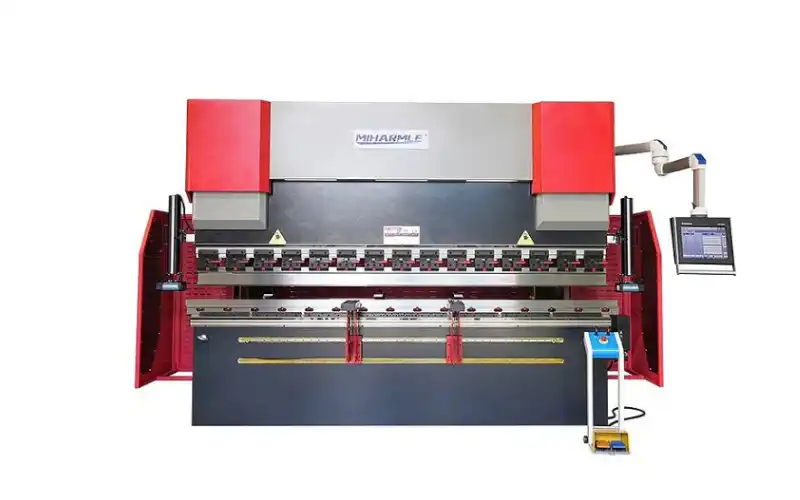
- Hydraulic Press Brake
A hydraulic press brake machine is perhaps the easiest to distinguish and the most well-known type of press brake machine today. This type of press brake machine is easy to identify due to its hydraulic cylinder housing a lot of tonnage for bending even thicker metal sheets.
This machine’s pressure can reach up to 1200 tons and bend up to 8mm thick metal plates. Hydraulic press brakes give their operator better control, making them more widely used than manual brakes.
Aside from their larger industrial applications, hydraulic presses can be specialized, making them a suitable setup for production and assembly lines. Although this machine can be less pricey than its more modern counterparts, it still consumes big on electric power even on idle. Click to view CNC hydraulic press brake.
- CNC Press Brake
Bending metal is not an easy task, however, when automated it becomes less laborious and more efficient. This is what CNC or computer numerically controlled press brake machine does.
CNC press brakes are electric and automated machines that use servo motors to generate pressure instead of hydraulics. Since it’s automated, you will only have to program the machine by putting in the data like plate dimensions, bend angles, number of pieces, etc, and let it do the rest for you.
This press brake type is the easiest to operate, even allowing the operator to work on multiple machines simultaneously without exerting too much hard work. The downside, though, is its steep price tag.
However, it remains a reasonable investment as it doubles your productivity. It also has lower operating costs due to less energy consumption than a hydraulic presser. Although it has lesser tonnage than hydraulic ones.
How Does the Bending Process Works?
The press brake’s bending process revolves around the very principle of the press brake as a force application technique. The pressure or tonnage a press brake machine exerts is responsible for bending the metal plates into the desired dimensions and angles.
This pressure is delivered through the punch, squeezing the metal following the profile from the die below. A different tonnage is applied depending on the thickness of the material for bending.
There are different methods of force application, which are often denoted in the press brake’s name, like in hydraulic press or servo machine brakes. Hydraulic presses are the go-to if much pressure is needed, while servo machines are well-known for accuracy and precise bending.
Press Brake Applications
As versatile as the metal sheet, the press brake application can be limitless. Everything you can think of that uses a tiny or large chunk of metal, press brake can be of great use. From practical to ornamental significance, press brakes have achieved relevance in almost every industry today.
Here are the most common applications of a press brake:
- Residential– fabrication of house materials, from decorative materials, door and window panels, and kitchen equipment.
- Medical– manufacturing of medical equipment and machines that require utmost precision and complex parts.
- Transportation– from the fabrication of car door panels to aerospace parts and components.
- Industrial- manufacturing of power generator parts, heavy machinery, lamp poles, and industrial-scale equipment.
- Architectural and Construction- from fabrication of scaffolding, and metal cladding, to parts manufacturing for construction equipment and machines.
How to Use a Press Brake?
While different types of press brake machines have different technical specifications and operation manuals, there is a general press brake procedure you can follow. Whatever type of press brake you are on, you can use these general steps for safe and proper work.
- Check the equipment: ensure that the machine is in good working condition before attempting to start. Confirm that all the components work properly and have no damage to them. Make sure you wear protective gear before operating your machine.
- Install the proper dies: knowing what workpiece and product you will be working on, ensure that both upper and lower dies are appropriate for the job.
- Set machine parameters: proceed to configure the machine’s setting for pressure, material type and thickness, speed, and bending angles.
- Position metal sheet: lay the metal sheet or plate on the machine’s work table using the right positioning tool for even and correct placement.
- Turn on the machine: click on the start button, move the punch, and do some metal bending.
- Monitor the work: automated or not, you need to continuously monitor the bending process to ensure that your metal sheet is being bent through the right configuration.
- Finish your task: after bending, stop your press brake machine and take out your finished product. Check for quality of bend to ensure precise form.
- Turn the machine off: close the machine and switch it off. Clean and reorganize your work area for safer next work.
Conclusion
The history of press brakes has come a long way. Through decades of innovation and uninterrupted relevance, press brakes have become ever more useful to accelerate the development of various industries.
While hydraulic brakes remain so relevant, especially in larger industrial applications, CNC machines are becoming more and more of a thing due to their unparalleled precision and accuracy.
Today, various forms of press brakes continue to exist, although the same basic principle of force application remains its central piece. Indeed, the usefulness and practical application of press brakes do not waver but strengthen even more over time.
